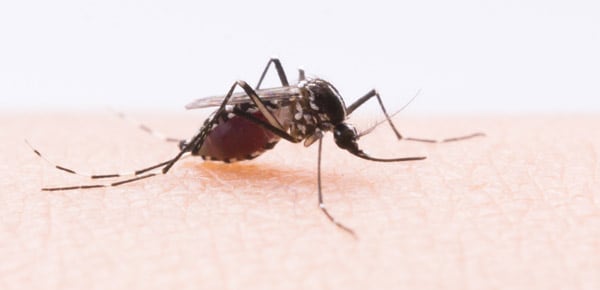


















Our Principal Scientist, Dr. Jean-Noel Billaud, has been working closely with some terrific scientists at the Blood Systems Research Institute (BSRI), the University of California, San Francisco, and other institutions on data analysis for mosquito-borne illnesses. We’d like to share a sneak peek into some of the work that will be submitted for publication.
Marion Lanteri, an assistant investigator at BSRI with an adjunct position at UCSF, approached us about her ongoing studies of Zika, Dengue, and West Nile viruses. BSRI and a group of international collaborators have been amassing an impressive collection of longitudinal patient samples for these mosquito-borne viruses, and they were making plans for in-depth transcriptomic analyses.
While there are lots of scientists looking into these flaviviruses — especially with the ongoing Zika outbreak in South and Central America, spreading toward North America — it’s rare to find patient samples as carefully collected as those BSRI has. Its team has been collecting blood samples from blood donors testing positive for West Nile virus and dengue virus, and is in the process of building a similar repository of samples collected from Zika-positive blood donors. Each donor is followed at regular intervals throughout acute and resolution phase of infection. Insights from careful studies of these samples are potentially transformative for our understanding of things like the dynamics of viremia and immune responses, virulence, persistence, and much more.
In the collaboration on West Nile virus, for example, the team used IPA to reveal a clear pattern of cytokine response that may shed light on why some donors remain asymptomatic while others develop symptoms ranging from a mild fever to more severe neurological disorders. The samples showed a clear profile of how immune response changed over time in those with different disease outcomes or different kinetics of virus clearance or persistence. Ultimately, these results may point the way to predictive biomarkers that could help identify the most susceptible patients at the time of diagnosis.
Dr. Lanteri anticipates that this work will inform what we can expect from Zika virus, another flavivirus responsible for congenital disorders after maternal infection during pregnancy. She hopes a similar approach can be used to identify markers of viral dissemination to the fetus in pregnant patients and predictive markers of congenital disorders to inform intervention. Our team is looking forward to helping analyze new data.